When it comes to household cleaning supplies, bleach is an absolute powerhouse. And, while it was probably a staple in your grandma’s cleaning supplies closet, bleach has fallen out of favour somewhat over the years (it being corrosive in nature and all).
Regardless, it’s still an effective disinfecting tool — but you should proceed with caution before using it on your gorgeous marble countertop or your favourite red sweater.
We break down the biggest household items and spots you should never clean with bleach.
Related: How to Clean Smarter, Not Harder With These Professional Cleaner Tips

Grout
In the short term, bleach will definitely make your shower look better. It’ll shine, it’ll glisten and it will kill mold resting on the surface. But it’s only a temporary solution. The mold will return, because bleach doesn’t get to the roots, and you’ll find you have to clean it again in no time.
Instead, use white vinegar. You can put it in a spray bottle or mix it in a bowl with baking soda and water to make a paste that you can then use to clean the grout with a toothbrush.
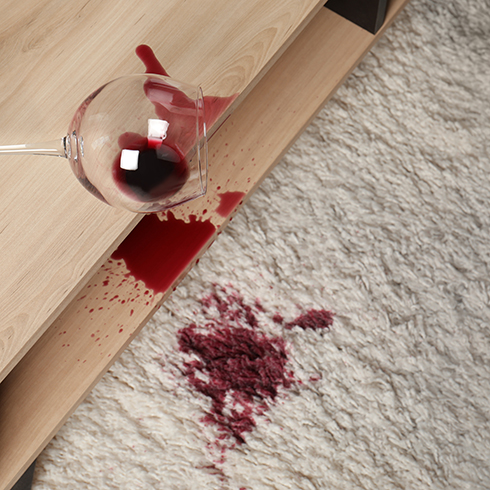
Red wine stains
Resist the urge to reach for the bleach the next time you spill red wine on your carpet or couch fabric. Due to its corrosive nature, it will cause discolouration and result in yellowish or brownish splotches.
In the case of spilled wine, hydrogen peroxide is actually your friend.

Coloured Clothing and Other Fabrics
Although it might help with white clothing or linens, bleach is actually the nemesis of dark fabrics. If you panic and clean these items will bleach, you’ll be left with a bad case of colour loss in your favourite red sweater or cozy blanket.
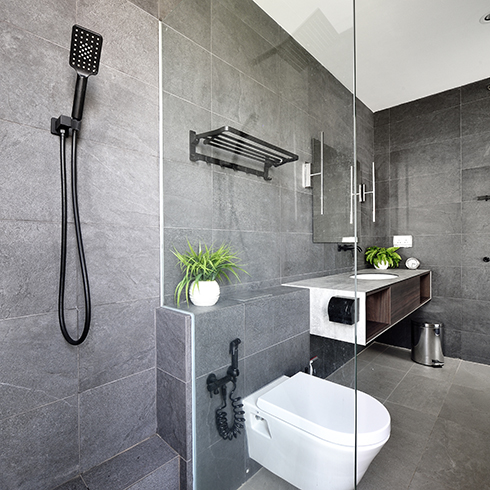
Drains
Bleach has the ability to kill all the important bacteria that breaks down your septic waste. In more severe cases of prolonged bleach use, it can even cause the pipes to burst. In short, avoid pouring bleach down your drains.
Instead, opt for ½ cup baking soda, 1/2 cup white vinegar and boiling hot water for a natural solution that won’t destroy your drains.
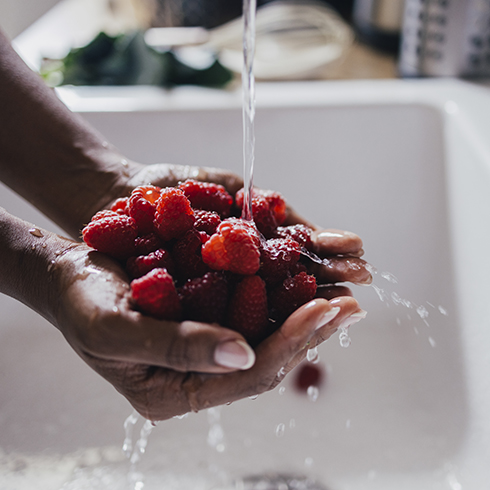
Food
It’s worth noting that, at the height of the Covid pandemic, there was a significant rise in people washing their fresh produce with bleach. So fearful we were of germs being transmitted that many resorted to using bleach in all its corrosive chaos.
All you need to do is gently rub your fresh produce under cool running water.

Pet Products
Much like humans, animals also shouldn’t be ingesting bleach in any way, shape or form. Avoid cleaning your four-legged friend’s toys or bedding with bleach as it can directly affect their liver and kidneys and, in some cases, result in death.
If you’re cleaning some areas of your house with bleach, be wary of anything your pets paws might touch.

Stainless steel surfaces
Bleach will ruin your pots, pans and utensils. Full stop. Over time, it will cause the surfaces to rust because bleach oxidizes and corrodes metal.
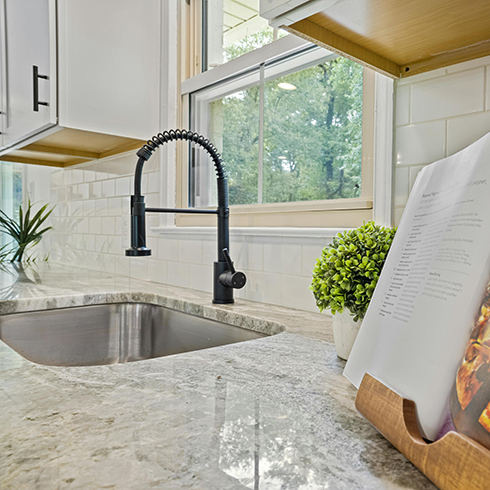
Marble, Granite or Natural Stone
These popular countertop materials are highly porous and can be easily damaged by bleach. Instead, opt for soft microfibre cloths or specialty stone or marble cleaners.
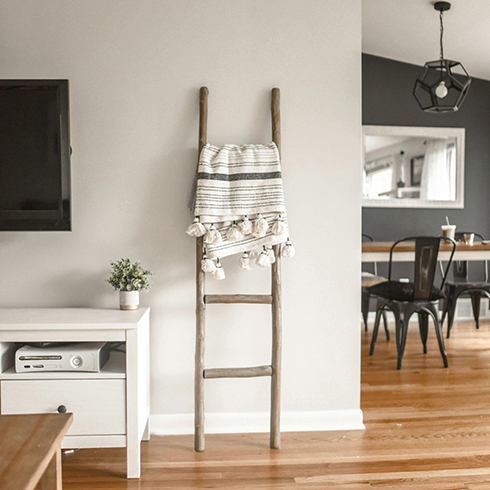
Wood
Once bleach sinks into the wood, it’s impossible to get out. Whether it’s your hardwood floor or a kitchen cutting board, it will cause the wood to erode over time. It ultimately weakens the wood fibers and damages the finish.
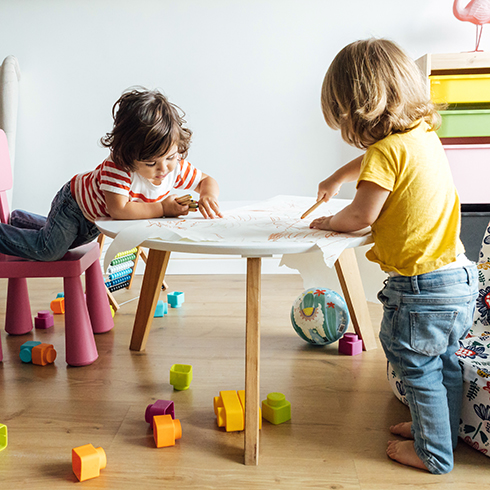
Avoid Areas Where Kids and Pets Play
Whether it’s your pup licking the floor or a toddler putting a bleach-wiped object in their mouth, bleach releases toxic fumes that can cause skin irritations, respiratory issues and, in some extreme cases, act as a poison if directly ingested. Be overly vigilant about what areas of the home you’re cleaning with bleach.
Home Network your inbox.
By clicking "SIGN UP” you agree to receive emails from Home Network and accept Corus' Terms of Use and Corus' Privacy Policy.




